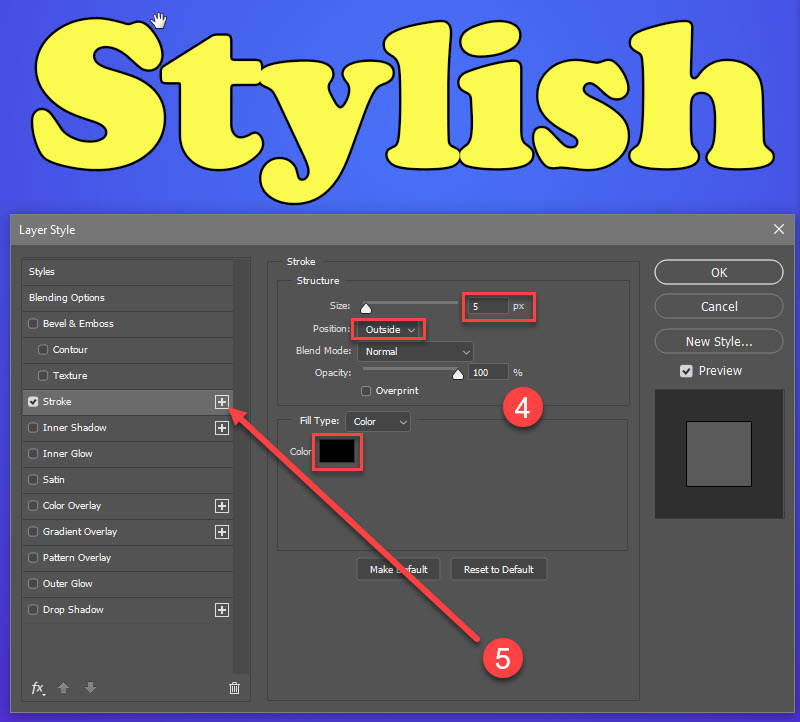

But Wang and Dalecki both wondered whether oxygen could be the simple, cheap, accessible addition to neurological rehabilitation they’d been looking for. Many physical therapists already use high-tech devices to help patients recover faster, from robots that move impaired limbs to virtual reality games that simulate aspects of day-to-day life that can’t be easily replicated in a hospital setting. Rehabilitation from brain trauma usually involves working with a physical therapist to relearn motor skills, building up the strength and coordination required for daily activities, like making coffee, writing, and brushing your teeth. “I promised myself that I would study it when I got my own research lab,” he says. He always wondered whether this simple treatment could help neurological patients in rehab. Dalecki spent much of his early career studying scuba diving and remembers divers using nasal cannulas of O2 to help with everything from hypoxia to headaches. Meanwhile, halfway across the world, Marc Dalecki, then an associate professor in the School of Kinesiology at Louisiana State University (LSU), couldn’t stop thinking about oxygen. “But actually,” he remembers, “I knew from the bottom of my heart that they wouldn’t improve much, no matter how hard we tried.” Patients asked when they’d finally feel normal, and Wang told them that they’d get better with time. They usually followed a predictable recovery pattern, making lots of progress over the first few visits, then hitting a wall. As a physical therapist in Shanghai, Zheng Wang worked with people recovering from strokes after their brains had been damaged by oxygen deprivation.


 0 kommentar(er)
0 kommentar(er)
